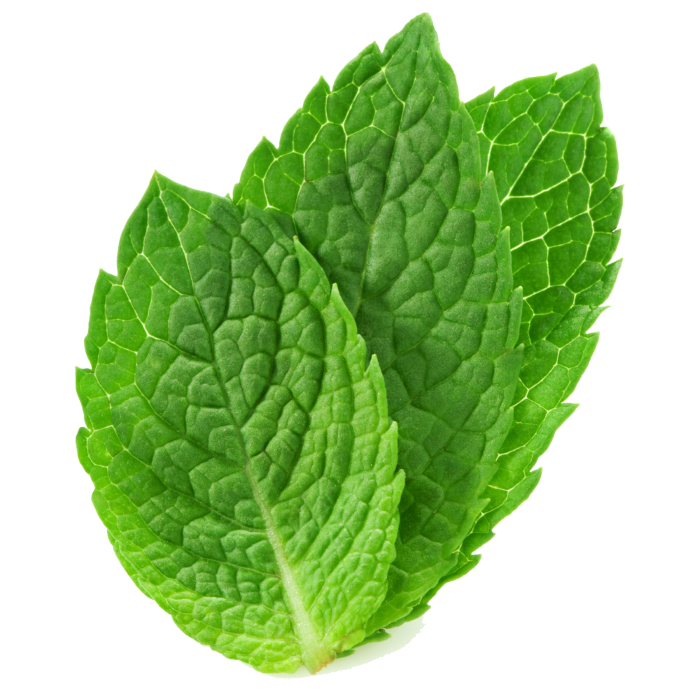Description
Lamiaceae (/ˌleɪmiˈeɪsiˌaɪ/ or /ˌleɪmiˈeɪsiiː) or Labiatae is a family of flowering plants commonly known as the mint or deadnettle family. Many of the plants are aromatic in all parts and include widely used culinary herbs, such as basil, mint, rosemary, sage, savory, marjoram, oregano, hyssop, thyme, lavender, and perilla. Some species are shrubs, trees (such as teak), or, rarely, vines. Many members of the family are widely cultivated, not only for their aromatic qualities but also their ease of cultivation, since they are readily propagated by stem cuttings.[citation needed] Besides those grown for their edible leaves, some are grown for decorative foliage, such as Coleus. Others are grown for seed, such as Salvia hispanica (chia), or for their edible tubers, such as Plectranthus edulis, Plectranthus esculentus, Plectranthus rotundifolius, and Stachys affinis (Chinese artichoke).
The family has a cosmopolitan distribution. The enlarged Lamiaceae contains about 236 genera[5] and has been stated to contain 6,900 to 7,200 species, but the World Checklist lists 7,534. The largest genera are Salvia (900), Scutellaria (360), Stachys (300), Plectranthus (300), Hyptis (280), Teucrium (250), Vitex (250), Thymus (220), and Nepeta (200). Clerodendrum was once a genus of over 400 species, but by 2010, it had been narrowed to about 150.
The family has traditionally been considered closely related to the Verbenaceae; in the 1990s, phylogenetic studies suggested that many genera classified in the Verbenaceae should be classified in the Lamiaceae [8][9] or to other families in the order Lamiales.
Type
Garnish

